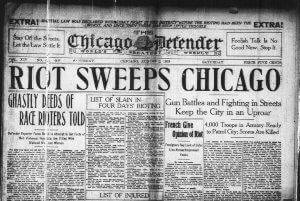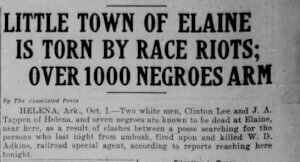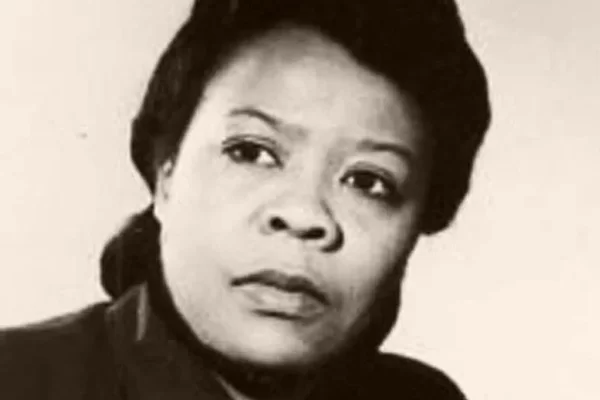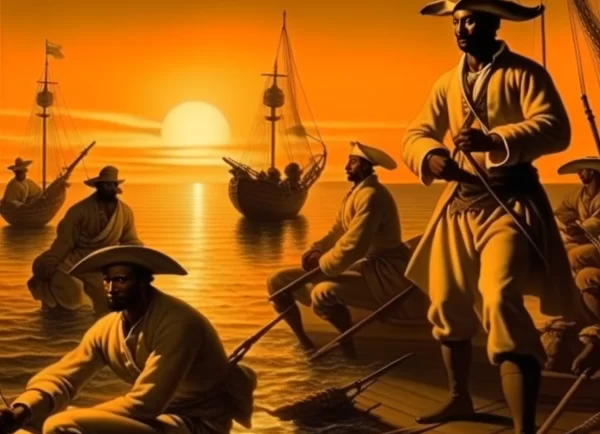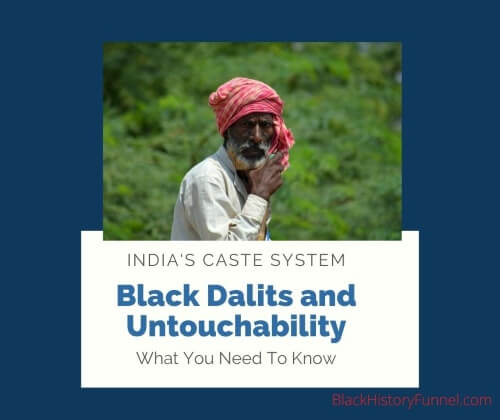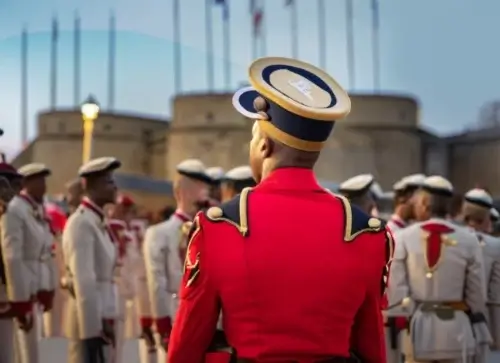Journey Through Recent Stories 🔎
Crispus Attucks: Untold Saga of the Boston Massacre
Born in 1723 in Framingham, Massachusetts, Crispus Attucks had an African father named Prince and a Native American mother named Nancy from the Natick Tribe. […]
African American History PeopleBorn in 1723 in Framingham, Massachusetts, Crispus Attucks had an African father named Prince and a Native American mother named Nancy from the Natick Tribe.
Well before Crispus and his sister Phoebe were born, their father was kidnapped and sold into American slavery. At the age of 16, Crispus went through a heart-wrenching separation, torn away from his family and sold to a new slave owner.
Breaking Free: Crispus’ Journey to Self-Liberation
In 1750, at age twenty-seven, Crispus looked across the bustling Boston Harbor, where ships gracefully glided into and out of the shipping docks. Crispus felt an undeniable yearning to embrace the life of a sailor. Breaking free from the oppressive shackles of slavery, he embarked on a profound journey of self-liberation.
Driven by a strong will, his choice to work as a sailor further encouraged him to pursue the role of whaler. this extra responsibility pushed him onto the expansive and sometimes rough high seas, where, for the next two decades, he fearlessly faced nature’s challenges—capturing majestic whales amidst foggy, windy, and stormy conditions.
Tragedy Strikes: Crispus in the Boston Massacre
The sun dipped below the horizon on the evening of March 5, 1770, a fierce argument erupted between colonists and soldiers. Bells rang loudly, and lots of people hurried into the streets.
Crispus Attucks and about twenty of his sailor friends joined the colonists. When Crispus and his friends got there, the colonists were throwing objects and snowballs. The tension was escalating like a brewing storm.
In this chaos, Crispus Attucks found himself entangled in a scuffle with a British soldier. Suddenly, two gunshot wounds pierced Crispus Attucks’ chest, killing him instantly, at 47. Shortly thereafter, as other soldiers discharged their weapons, four other men lost their lives. The events of this evening became known as the Boston Massacre.
Courtroom Drama: British Soldiers and John Adams
Eight months later, on November 27, 1770, several British soldiers boldly appeared inside a Boston Courthouse, for the murder of Crispus Attucks and other men. However, the courtroom proceedings took a shocking turn when John Adams, the future 2nd President of the U.S., stepped forward to defend the British soldiers.
Justification for Lethal Force: Adams’ Controversial Defense
Adams documented his argument, portraying Crispus Attucks as a “stout mulatto fellow,” suggesting his appearance was terrifying. With disbelief, Adams questioned what soldiers could do when faced with such a menacing figure.
To the shock of many, Adams went on to contend that Attucks, in a supposed fit of madness, had the audacity and strength to engage with a bayonet. He further claimed that the soldier involved was justified in using lethal force, citing a perceived fear for his life.
In a series of statements marked by surprise and disappointment, Adams effectively exonerated the soldiers, providing a guarantee of their innocence in the death of Crispus Attucks.
Hero or Intruder: Crispus Attucks’ Dilemma
Questions arise about Crispus Attucks’ heroism as a runaway slave. Some debate if he got involved in a situation beyond his circumstances. His decision to engage in the conflict sparks inquiries into his motivations and the complex circumstances of the time.
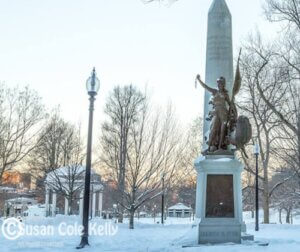
Legacy Unveiled: Crispus Beyond the Massacre
Crispus Attucks’ legacy extends beyond the Boston Massacre. His refusal to “walk the other way” played a pivotal role in shaping the courage of white colonists. Mr. Attucks’ bravery led directly to the declaration of the American Revolutionary War in 1775, which is often overshadowed by John Adams’ credited leadership.
Unseen Chapters: Crispus Attucks in History Books
Reflecting on Crispus Attucks’ story, it’s worth asking some serious questions. Was he a martyr? Did he show bravery, or did he and his friends get involved in something, not their concern? As a runaway slave, he lived in constant fear, knowing any misstep could lead to a life of torture or worse.
Digging deeper, we start to wonder about the reasons behind his choice. Some in the black community might argue it wasn’t really his fight. The questions linger: Why didn’t he opt for safety indoors or walk away from the brewing conflict? Calmly exploring these thoughts, it raises a serious, yet curious discussion about the complex layers of Crispus Attucks’ role in history.
Works Cited The Trial of the British Soldiers of the 29th Regiment of Foot. Massachusetts (colony) Courts. Boston: 27 November 1770. Court Document.
Discover More https://natickprayingindians.org/history.html
Dalits’ Untouchable Legacy: Inspiring Change, Breaking Chains
Dalits in India’s dark-skinned communities face a heavy label that influences their entire existence. In India, there’s a term called ‘untouchability,’ and it’s not about […]
Global African History PeopleDalits in India’s dark-skinned communities face a heavy label that influences their entire existence. In India, there’s a term called ‘untouchability,’ and it’s not about dirt on your hands but the stain of societal prejudice.
Labeled ‘untouchable’ means you are seen as someone so different, so inferior, that people avoid you as if you carry a contagious disease. Now, think about it: How do you think being treated this way would affect a person’s life? What unfortunate circumstances might they face, and how would it feel to be labeled as ‘untouchable’?
Unearthing Deep Roots: Ethiopian Heritage of Dalits
Dalits, tracing their ancestry back 50,000 years to Ethiopia, are the original inhabitants of India. Despite this, over 200 million of them find themselves labeled as untouchables, marginalized within the vast tapestry of India’s 1.3 billion people.
Caste System: A Pyramid of Discrimination
India’s caste system is a hierarchical pyramid, with specific roles for Brahmins, Kshatriyas, Vaishyas, and Shudras. However, Dalits are condemned to the filthiest jobs. Their existence places them outside the social class of the pyramid. They are oppressed and stripped of their dignity.
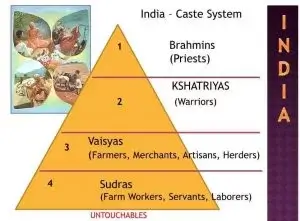
Untouchability: A Life Marred by Stigma
For Black Dalits, the term ‘Dalit’ means ‘crushed’ or ‘broken.’ Hindu teachings propagate the idea that they are reincarnated as a black person as punishment for sins committed in a past life. Therefore, their daily lives are marked by contamination, forced occupations, and untouchability that perpetuate their dehumanization.

Struggling in Shadows: Daily Tribulations of Black Dalits
Many Dalits are restricted to jobs like cleaning human waste, getting rid of dead animals, and getting bodies ready for burial. Even though these jobs are seen as making the spirit impure, society still makes them do it. People avoid physical contact with them and will not drink from the same water sources.
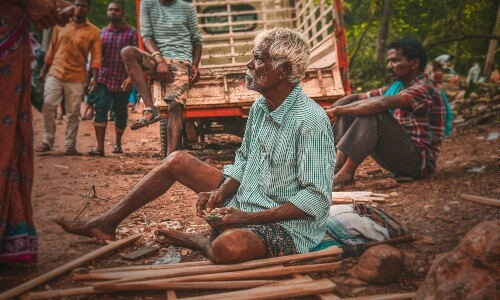
A Historical Visit: Dr. Martin Luther King Jr.’s Encounter
In 1959, living on the outskirts of cities and segregated in slums, the Black Dalits welcomed Dr. Martin Luther King Jr. and his wife to their community. Dr. King acknowledged the striking similarities between the injustices faced by Black Americans and those endured by the Dalit community of India.
Although the caste system of discrimination was abolished ten years before Dr. King’s visit, not much had changed. Dr. King understood the same injustices and inequalities faced by Black Americans did not differ from the hardships faced by Black families living in India.
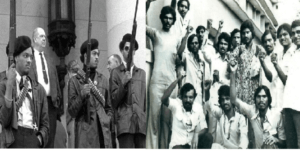
Dalit Panthers of India Fight Against Untouchability
Formed in October 1966, America’s Black Panther Party achieved worldwide publicity. Educated youth from poverty-stricken Mumbai took notice. The Black Panther’s leadership, militancy, and united effort to push for equality impressed the Dalit community.
In 1972, fighting against the continued practices of the caste system, India’s Dalits formed their own Panther Party Movement. They called themselves the Dalit Panthers. They reached out to other Civil Rights groups around the world and gained support and broad publicity in their fight to break the chains of oppression.
Discover More:
Negro Fort: The Legacy of General Garzon
In the heart of 1816, a captivating tale unfolds—the saga of Negro Fort and its fearless leader. Let’s journey into history and meet the legendary […]
African American History PeopleIn the heart of 1816, a captivating tale unfolds—the saga of Negro Fort and its fearless leader. Let’s journey into history and meet the legendary Commanding General Garzon, whose pact with the British Royal Marines granted him control over the British Post at Prospect Bluff in Florida.
Birth of ‘Negro Fort’ 🏰
Step back to a time when Commanding General Garzon, through an alliance with the British Royal Marines, took command of the British Post at Prospect Bluff. Yet, adversity struck as American politicians and plantation owners dishonored this haven, cruelly labeling it ‘Negro Fort.’
Choosing Sides – A Quest for Freedom 🌍
Flashback to Spanish Florida, 1690s: Florida, under Spanish rule, promised sanctuary to enslaved black people for military service. Fast forward to the War of 1812, where previously enslaved fighters showcased bravery. Unlike the Spanish, the British Admiral offered not just freedom but a promise of land. The self-emancipated were trained in British military tactics, recognized as British personnel, and issued ranks.
Fortifying Freedom in the Deep South 🏡
But, plot twist! In 1815, the British troops left Prospect Bluff. General Garzon stayed put, hoping to finally call it home sweet home. Thousands of brave souls journeyed from the southern regions into East Florida, fighting their way to the fort.
The peak of ‘Negro Fort’ saw a unity of nearly 3,000 ex-slaves, Red Stick, and Black Seminole Indians—a community bound by anti-slavery and white expansionism. These allies communicated, collaborated, and coordinated with a shared purpose.
Moral Righteousness Prevails ⚖️
The Southern plantation owners couldn’t handle it, so they whined to Spain, begging them to, “Destroy the fort!” But Spain responded, “Nah, not our problem. You deal with it.” Desperate to gain control of the people living in and around the Fort, the U.S. government sent messengers to bully Garzon to surrender.
The General and his resilient crew shut them down and sent them away. Unsuccessful and embarrassed, the messengers resorted to unfair descriptions, labeling the people of ‘Negro Fort’ uncivil uppity Negroes.
Trembling with fear, white leaders frequently gave speeches filled with propaganda. They pleaded for more experienced fighters who could withstand Garzon’s forces. The U.S. government constantly received letters begging for help to destroy the fort and reclaim the African people as property.
Impenetrable Fortification by the River 🏞️
Garzon’s Fort, overlooking the Apalachicola River in the state of Florida, stood as a symbol of resilience. A well-equipped structure, surrounded by a moat and defense wall, became an impenetrable fortress.
With military gear that could shoot explosive shells, no way U.S. forces could break in! General Garzon’s strategic brilliance dominated colonial discussions, sending shockwaves across the country.
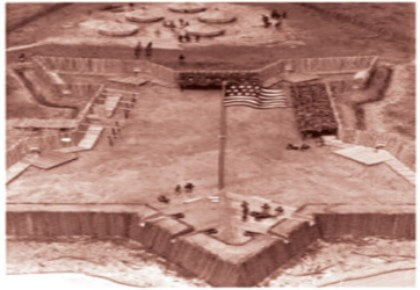
Garzon, the Heroic Leader 🌿
General Garzon, a bold and devoted leader of African heritage, devoted himself to the resistance against slavery. With help from Indian alliances, he and his soldiers learned the terrain and used it to their advantage.
Garzon dominated the battlefield. His men outmaneuvered White America’s land-based assaults. The General’s men intercepted supplies. American troops were desperate, and U.S. forces and the militia started eating their horses, tree bark, and other available forest critters to survive.
The Fateful Union Jack Salute 🏴
On July 27, 1816, as tensions peaked, the Union Jack Flag fluttered in the wind. American forces and Garzon’s troops engaged in full-scale war. American forces positioned gunboats on the river. Both sides fired cannons back and forth.
Then, the American military deliberately heated their cannons to extreme temperatures. One of the red-hot cannonballs soared across the sky, striking the fort’s ammunition building. It was a tragic explosion! Negro Fort at Prospect Bluff had been breached. Chaos, tears, and bloodshed filled the air.
General Garzon’s commitment echoed—No Surrender, No Compromise. No more cotton or tobacco picking. We’re Done! And, so it was.
In the aftermath, the General and his officers were executed, but their spirit lived on. It was a poignant moment in history, where brave souls refused to bow to oppression, immortalized by the sacrifice of Commanding General Garzon.
Did you know?
Today the area is a National Historic Landmark. Fort Gadsden was built over the site.
Digital reconstruction depicting the site as it existed in the early 19th century. A Florida Humanities Council sponsored project.
Sources:
The Invisible War: The African American Anti-slavery Resistance from the Stono Rebellion Through the Seminole Wars. United States, Clarity Press, 2006.
Saunt, Claudio. A New Order of Things: Property, Power, and the Transformation of the Creek Indians, 1733–1816. Cambridge University Press, 1999.
Images:
Design of Negro Fort https://thewestsidegazette.com/meet-general-garson-the-soldier-who-attacked-plantations-to-free-slaves/


